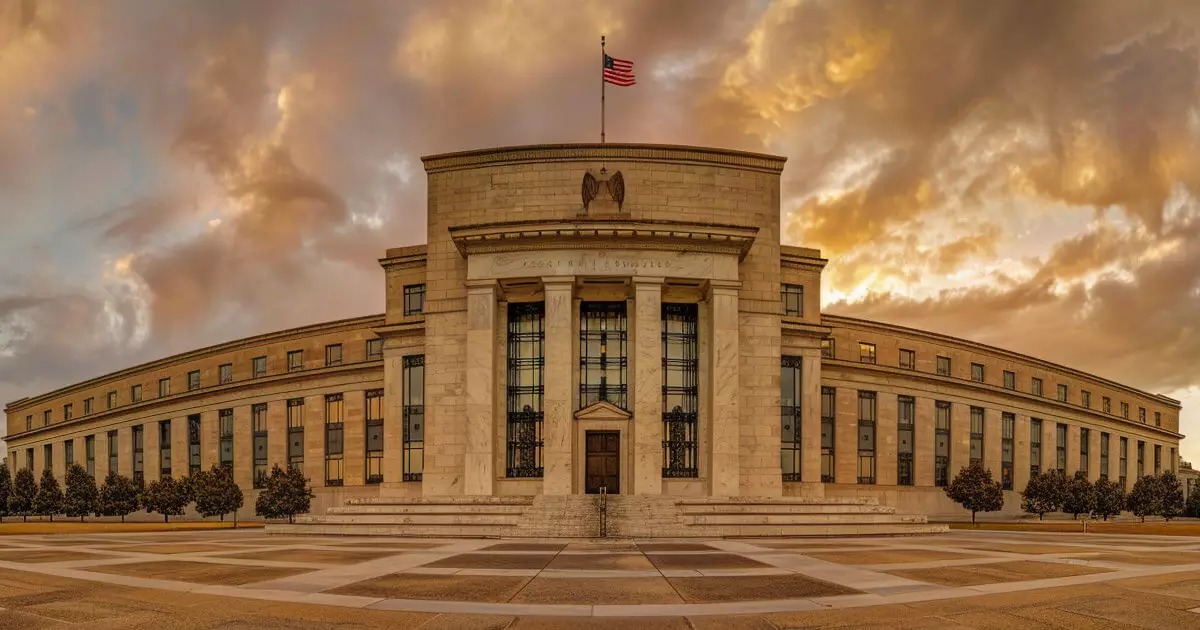Caitlin Long, the CEO of Custodia Bank, has recently spotlighted a troubling trend within the U.S. Federal Reserve’s handling of cryptocurrency regulations. While many may have been led to believe that the Fed is easing its grip on crypto, Long accuses the central banking institution of maintaining a facade of openness while covertly favoring large banking entities. The Fed’s recent actions—specifically the rescinding of certain restrictive policies—might appear progressive, but in essence, they cloak a far more insidious agenda: the stifling of competition from smaller players in the crypto ecosystem.
Long points out a critical inconsistency in the Fed’s communication strategy. By announcing the withdrawal of four pieces of regulatory guidance while simultaneously keeping a crucial policy unchanged, the Fed is essentially playing a public relations game. The remaining rule, which bars banks from holding cryptocurrencies for their own accounts, creates a significant barrier to entry for many financial institutions wishing to innovate in the crypto space. This tactic damages not only the growth potential of new ideas and technologies but also limits consumer choice.
The Rise of Big Banks at the Expense of Innovation
Long’s analysis stresses that by restricting banks from engaging with cryptocurrencies directly, the Fed is inherently promoting an environment that favors large banks—those with the resources to navigate the complexities of permissioned networks. Instead of allowing the vibrant world of decentralized finance (DeFi) to flourish, the Fed is laying down the groundwork for big banks to dominate private stablecoin markets. The insinuation is clear: by controlling the narrative and operational environment, the Fed seeks to ensure that innovation proceeds under the watchful eye of established entities, ultimately stunting the growth of more disruptive technologies.
The implications are staggering. Big banks may find themselves in a position to capitalize on the burgeoning stablecoin market while smaller competitors are left behind, encumbered by regulatory barriers that stunt their potential. It’s a scenario that raises questions about the commodification of innovation—where the benefits of technological advancements are siphoned off by a small group of large entities. Instead of an eco-system bustling with diverse projects and companies, we are heading toward a stifled landscape where creativity is subdued under the weight of regulation.
A Call for Accountability
Long’s viewpoint resonates particularly strongly in the context of Senator Cynthia Lummis’s criticisms of the Fed. Echoing Long’s sentiments, Lummis describes the Fed’s rollback as mere “lip service” and warns that the central bank continues to brandish reputational risk warnings as a means of dissuading banks from engaging with Bitcoin and other digital assets. With the whispers of past policy architects still influencing decisions today, the call for accountability from regulators like Fed Chair Jerome Powell becomes increasingly pertinent.
The backdrop of political resistance to the adoption of crypto-friendly measures, underscored by the recent efforts during the Trump administration, highlights a trend that could relegate the United States to the sidelines of a global revolution in finance. If the Fed doesn’t recognize and recalibrate its approach toward an innovative and decentralized banking system, it risks not only the vibrancy of its financial sector but also the country’s global standing in the digital economy.
In a landscape rife with opportunities, the responsibility lies with regulatory bodies to foster a climate of innovation rather than inhibit it. The battle lines have been drawn, and it’s now a matter of whether the custodians of our financial system will choose to support the bright future of technology or cling to outdated paradigms that hinder progress.


Leave a Reply